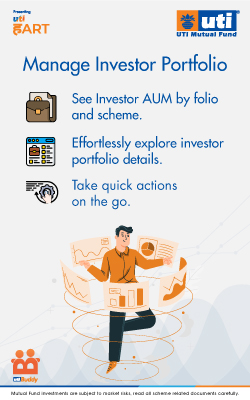Technology can pay big dividends for advisors. According to the 2014 Fidelity Advisor Insights Study, advisors who actively used technology had almost 40% more assets under management than those who did not. Likewise, tech-oriented advisors were better able to attract next-generation investors and expand the geographic reach of their firms, says a white paper by Morningstar, the investment research and management firm.
Choosing the right technology can be a full-time job, especially considering the pace of technological innovations. To help avoid information overload, here are seven tips to get you started:
Define your goals.
Not every firm needs to have the five, six, or seven technologies that make up a complete solution. According to the white paper, the choice of technology is heavily dependent on the firm’s profile: how large it is, how many people it has in the office, how fast it wants to grow, and the style of practice it wishes to maintain or introduce.
“This exercise also has to include an assessment of the type of clients you’re serving or want to serve. Do they tend to require financial planning, or is the focus more on investment management? If so, are your clients in the accumulation period, or preservation mode? And so on,” the white paper says.
Stay focused on scalability.
Scalability decisions are vitally important, because not all technologies are scalable. A solution may work great until you hit 500 clients, and then it is not so good. That is why you have to ask what your firm will look like in five years. You need to make the right investments now, because switching technology can be a big problem, especially a portfolio-management system or CRM system that contains so much of your data, the white paper says.
Look for tight integration and get a first-hand demonstration.
There needs to be tight integration between an advisory firm’s software and the vendor’s. “You may not find one solution that’s a ‘be-all, end-all.’ But if you have a core platform and you retain the flexibility to use another vendor’s CRM system, and yet another vendor’s planning system, and other solutions all down the line – you’ll be ahead of the game,” says the white paper.
The paper advises IFAs to ask for product demo that shows how the solution will affect operations.
Use collaborative, proactive providers.
Asking the software vendor to summarise how they’ve served other practices similar to yours, with a particular focus on how their clients have scaled, will give IFAs a better understanding of how the software will help them.
Another way to know what the end result might look like is to get the names of the vendor’s clients, and to call them and ask whether they’re getting what they expected, says the white paper.
Remember the cloud.
Cloud computing can increase collaboration between employees and provide easier access to clients. “Looking ahead, solutions are going to be cloud-based,” the white paper says.
It explains that, today, people expect to get any type of information from anywhere, even when they are on the road. In these circumstances, the usual desktop applications are not going to be enough.
Ask about dashboard tools – they can make your job easier.
The white paper says that there is a new group of tools called dashboard tools, which bring together the many pieces of software an advisor uses into a single user interface. According to the paper, IFAs can bring in data from their portfolio-management system, planning system, CRM, aggregation system, custodian, and risk-management system all into one place.
See where your firm is headed.
Periodic review of the software systems and updating old tech is crucial says the paper. For example, during the initial phase of integration, you might do a single sign-on from one system to the other and pass data between them. However, in the future, technology might develop to the extent that it will be possible for data to flow back and forth between systems without the advisor really needing to do anything, it says.





